Hue’s Folk Cuisine: The Intricate Art Hidden in Simplicity

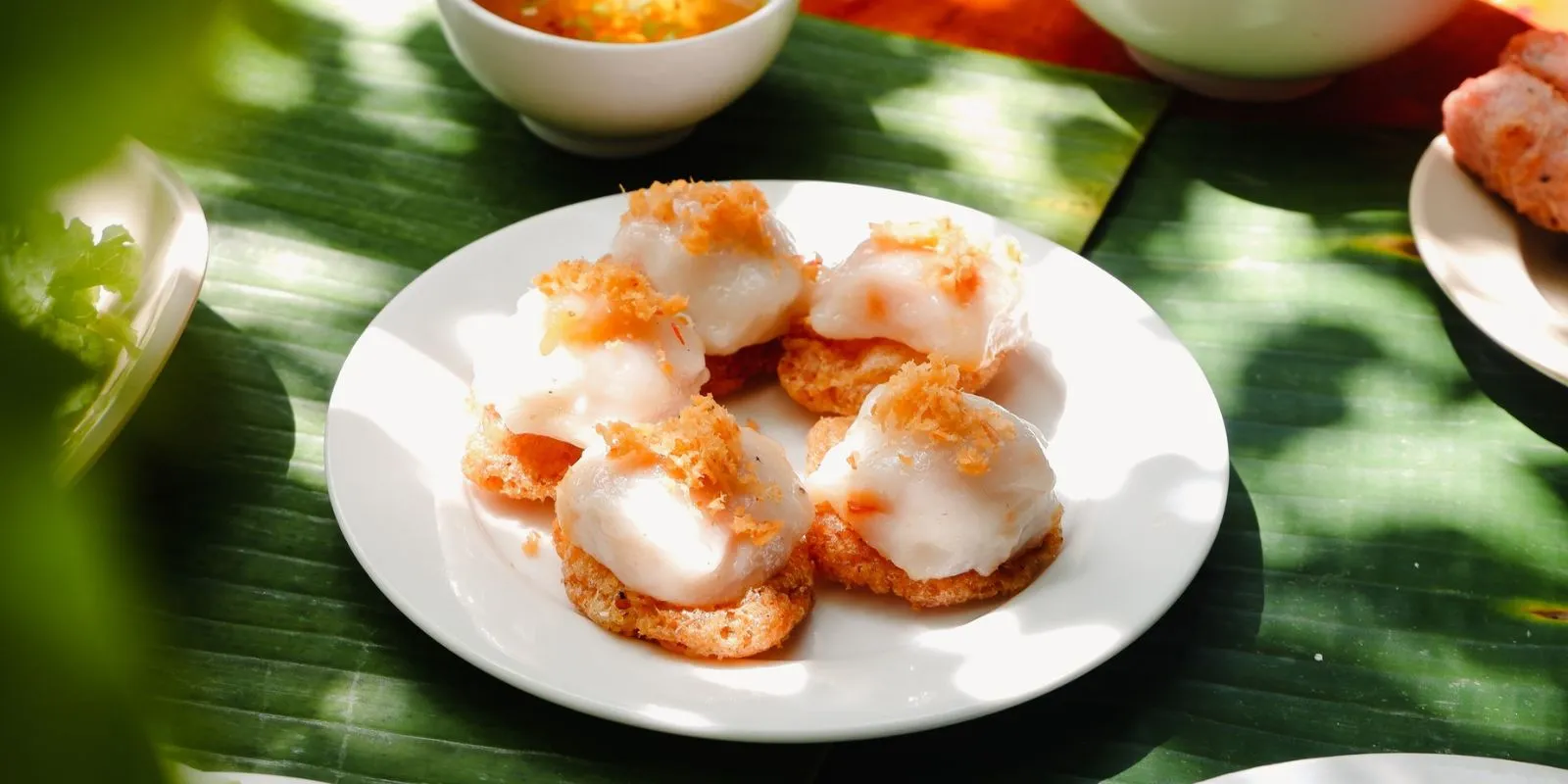
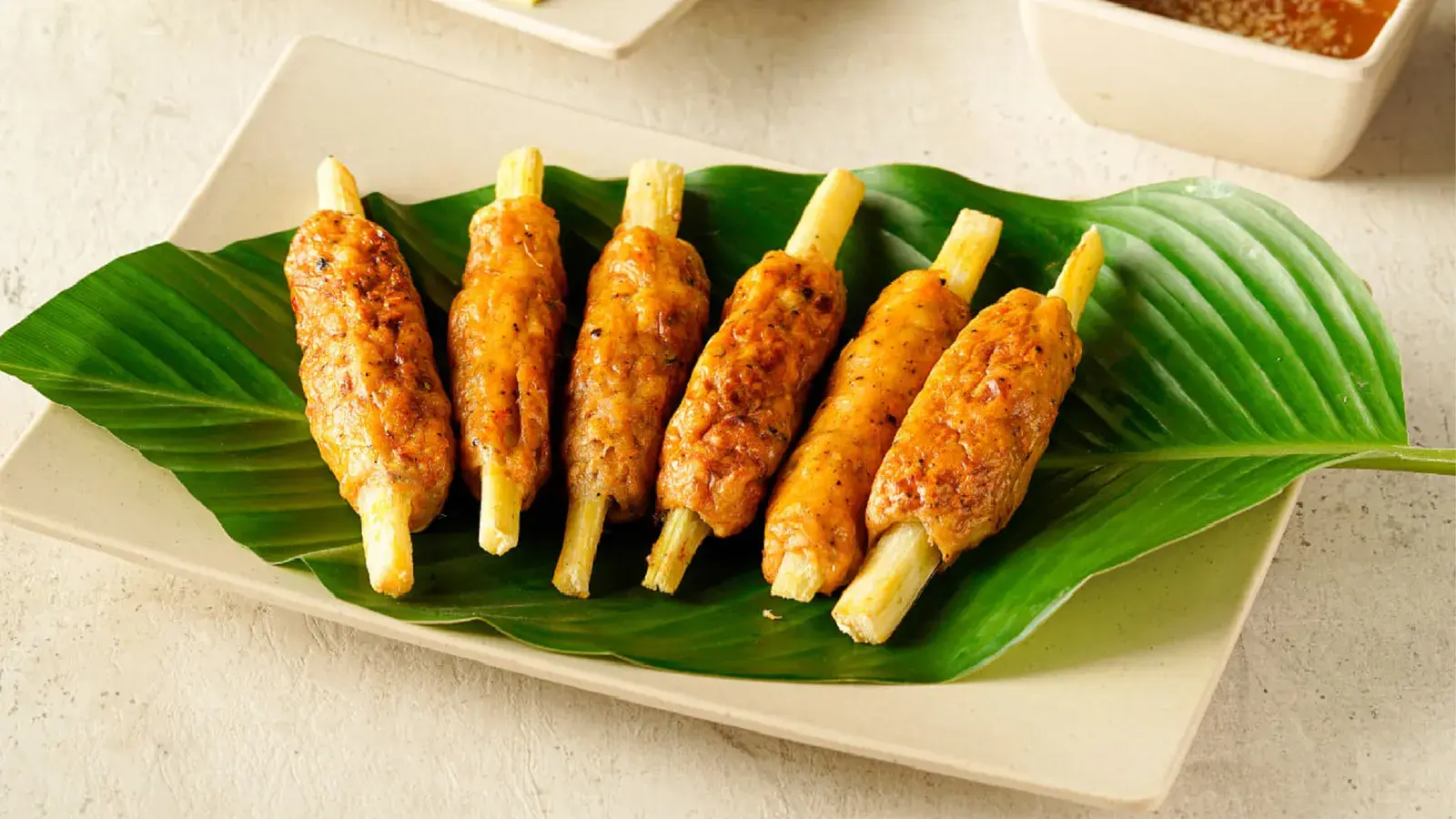
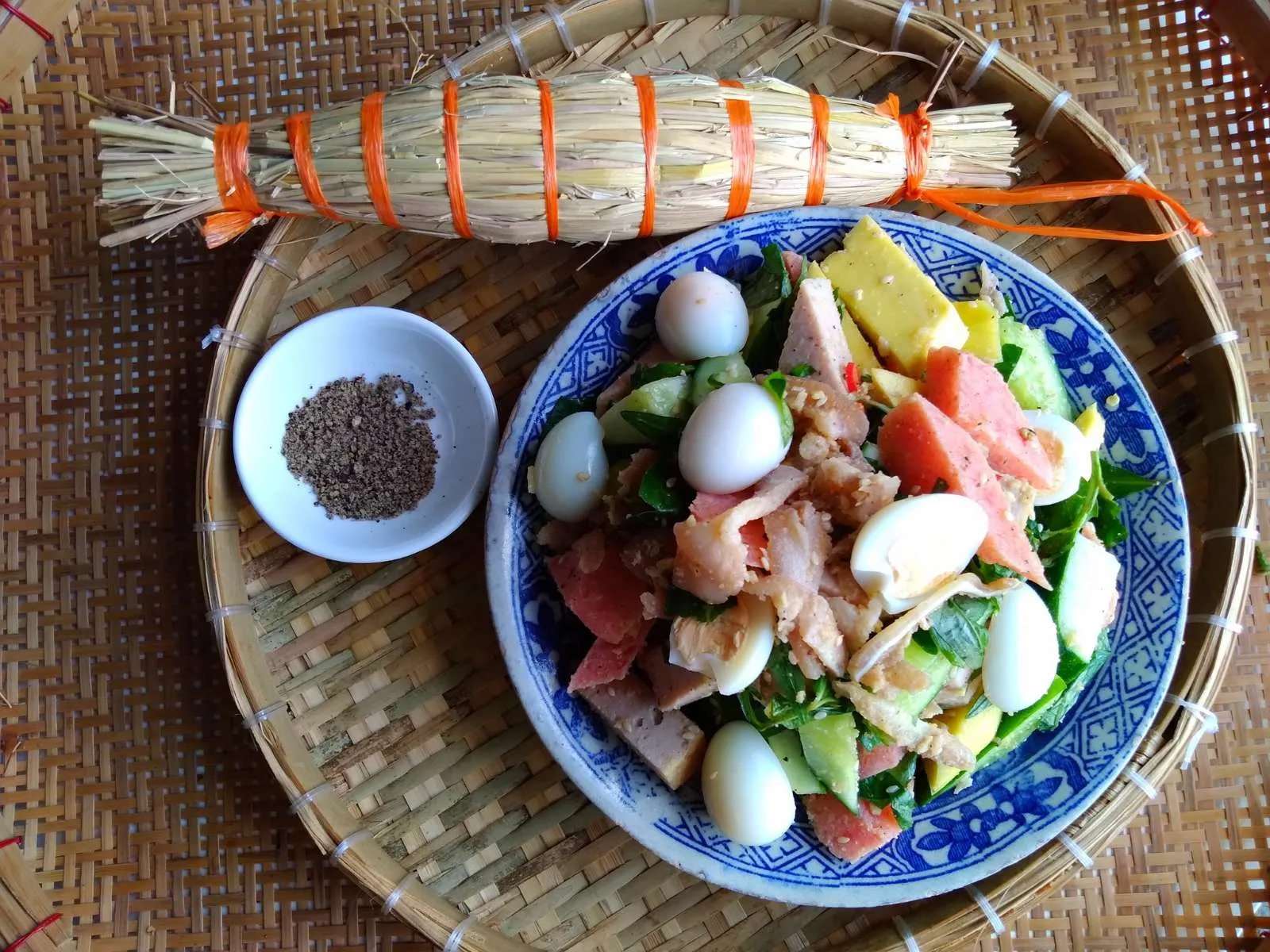
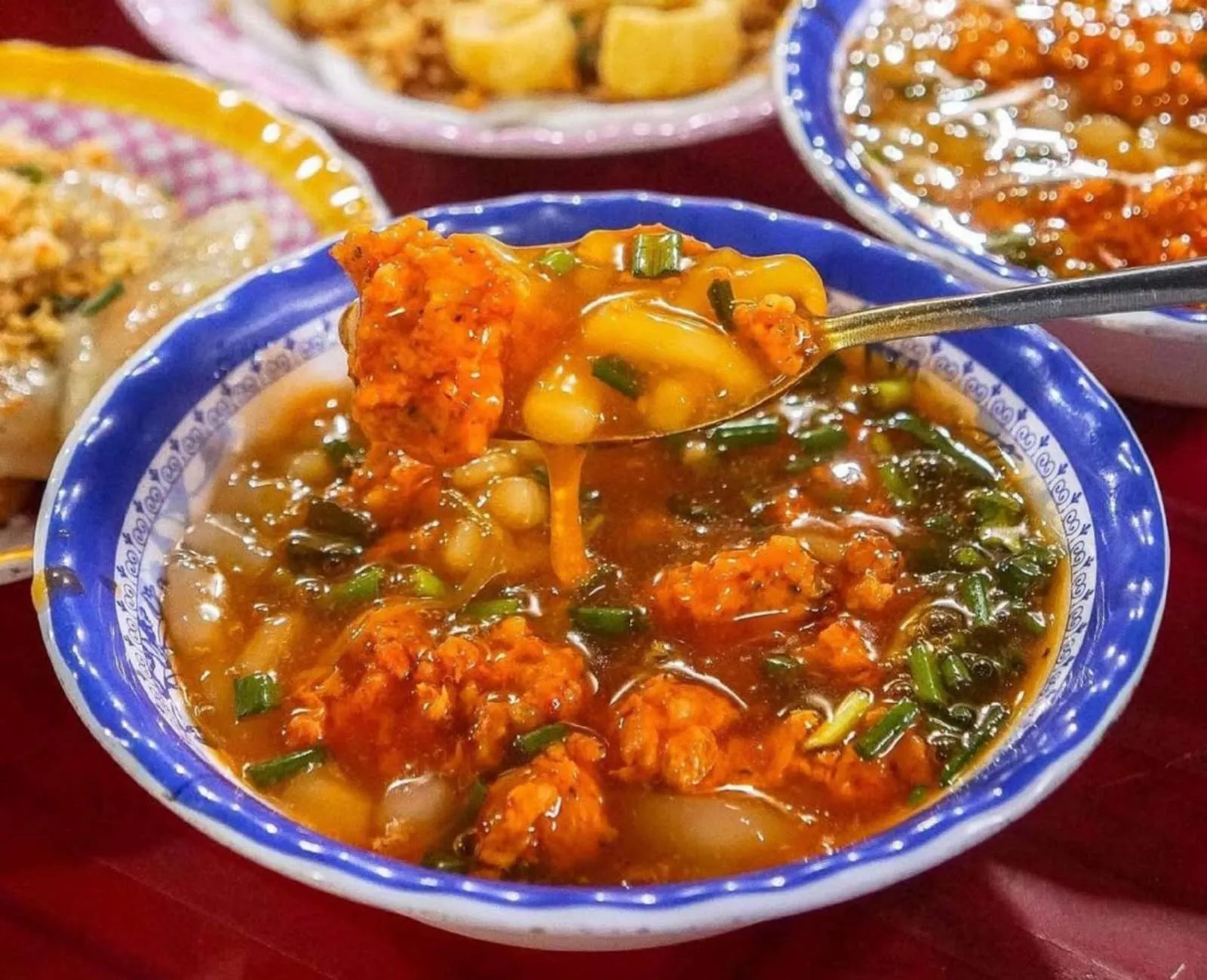


Beyond the grandeur of royal cuisine, Hue’s folk dishes have retained a deep and enduring vitality within Vietnam’s cultural heritage. Blessed with fertile land and abundant produce, this ancient capital has long transformed local ingredients into delicacies that capture both simplicity and sophistication. From generations of humble kitchens, these dishes continue to stir nostalgia in every visitor who experiences their rustic charm. Below are six traditional Hue specialties that awaken the senses with their delicate balance of flavors.
Banh Nam (Flat Steamed Rice Cake)
Banh Nam is a humble yet beloved dish often prepared by Hue families during hot summer days or festive occasions. Made from a few basic ingredients, it embodies the refinement typical of Hue’s culinary artistry.
The soft, smooth rice flour batter, mixed with a little tapioca starch, creates a gentle texture that melts slowly on the tongue. Inside lies a savory filling of minced shrimp or pork, seasoned with shallots, wood ear mushrooms, and a hint of fermented shrimp paste. Wrapped in fresh banana leaves and steamed until tender, the cake releases a subtle aroma that is both comforting and elegant.
Traditionally served with sweet and sour fish sauce, Banh Nam delights diners with its harmony of soft texture, fragrant leaf aroma, and balanced flavors, a true taste of Hue’s simplicity and grace.
Nem Lui (Grilled Minced Pork on Lemongrass Skewers)
Once part of Hue’s royal dining traditions, Nem Lui has since become a popular street food enjoyed across the city. The dish combines finely minced pork, shredded pork skin, and diced fatback, seasoned with salt, pepper, sugar, toasted rice powder, and sometimes egg white for extra elasticity. The mixture is molded around lemongrass stalks and grilled over glowing charcoal.
The smoky, fragrant aroma of golden-brown skewers is irresistible, but the real magic lies in the dipping sauce, a rich, creamy blend of pork liver, roasted peanuts, garlic, and chili, offering a balance of nutty, savory, and slightly spicy notes. To enjoy it, diners wrap the grilled meat with rice paper and fresh herbs before dipping it into the sauce, savoring the layers of flavor that reflect Hue’s refined culinary spirit.
Banh Canh Nam Pho (Nam Pho Thick Noodle Soup)
Originating from Nam Pho village in Phu Vang district, this dish has been passed down through generations. Initially a family specialty sold from small street stalls, it soon gained fame and became a signature Hue delicacy.
Unlike regular Banh Canh noodles, those of Nam Pho are made from a blend of rice and tapioca flours in a 4:1 ratio, giving them a smooth yet soft texture. The broth, simmered from fresh shrimp and crab caught in nearby lagoons, has a natural sweetness and a distinctive reddish hue. A touch of pork bone stock adds depth while balancing the seafood’s richness.
The dish is served with shrimp paste, crab meat, scallions, green chili, and spices, creating a flavorful and vibrant bowl that is both comforting and elegant, a perfect representation of Hue’s culinary finesse.
Tre Tron (Fermented Pork Salad)
A celebrated street food and household favorite, Tre Tron embodies the complexity of Hue’s folk cuisine. Made from sliced pork, pork skin, and pig ears, the mixture is marinated with galangal, garlic, chili, toasted rice powder, salt, and sugar before being wrapped in guava leaves and naturally fermented. The result is a fragrant, tangy, and slightly spicy dish full of character.
Before serving, Tre is mixed with roasted sesame seeds, herbs, and Hue-style fish sauce, creating a bold medley of sour, sweet, salty, and spicy flavors. Once a simple homemade delicacy, Tre Tron is now enjoyed at festivals, weddings, and family gatherings, a symbol of community and celebration.
Chao Tom Lui Mia (Grilled Shrimp Paste on Sugarcane)
Striking a perfect balance between royal and rustic elements, Chao Tom Lui Mia has recently been digitized in 3D by the Hue Department of Tourism to promote local culinary heritage. Fresh shrimp is finely pounded, mixed with pork fat and spices, then wrapped around sticks of fresh sugarcane.
Grilled over charcoal, the shrimp paste turns golden and aromatic while remaining juicy inside. The natural sweetness of the sugarcane infuses the shrimp, enhancing its flavor and tenderness. When paired with rice crackers, herbs, starfruit, and green banana, and dipped in a light sauce, the dish offers a beautifully layered sensory experience, sweet, savory, and fragrant all at once.
Banh Ram It (Crispy and Sticky Rice Cake)
Among Hue’s many folk snacks, Banh Ram It stands out for its dual textures, crispy and chewy. The bottom layer, made of fried glutinous rice dough, is crisp and golden, while the top layer of steamed sticky rice dough is soft and translucent. The filling of local river shrimp seasoned with fish sauce, scallions, and pepper adds a delightful savory contrast.
To serve, the steamed cake is placed atop the fried base, sprinkled with golden shrimp powder, and drizzled with sweet and sour fish sauce. Each bite offers a satisfying mix of crunch and chew, sweetness and saltiness. From street stalls to fine restaurants, Banh Ram It continues to charm diners with its simplicity and sophistication, a true taste of Hue’s enduring culinary soul.
Recent Post
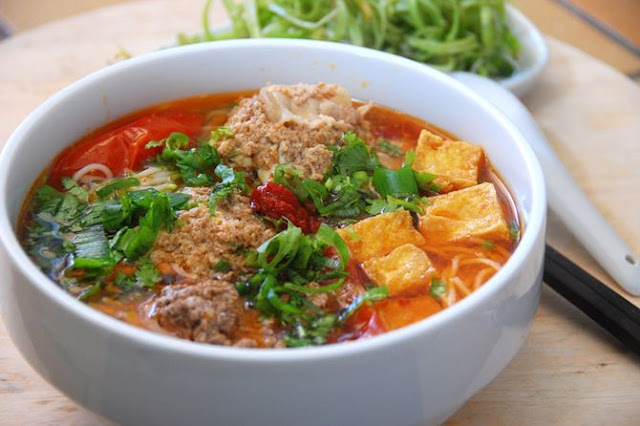
Nha Trang Crab Vermicelli: A Coastal Twist on a Northern Classic
Among Vietnam&rsqu...
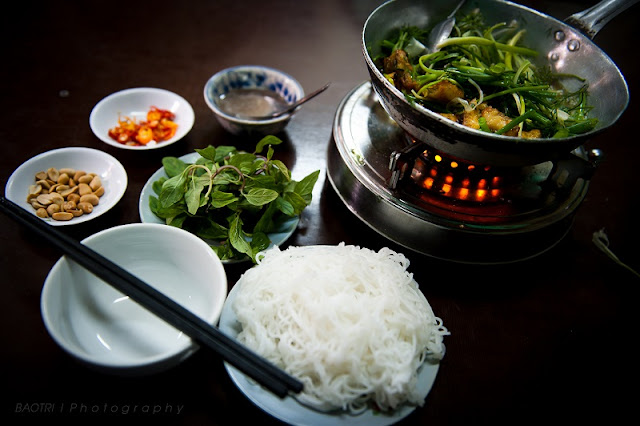
Cha Ca La Vong: The Iconic Hanoi Turmeric Fish with Dill
Among the many bel...

Son Doong Cave - Vietnam’s Emerging Natural Wonder and Tourism Magnet
Located in the cen...

Trang An Scenic Landscape Complex - The “Ha Long Bay on Land” of Ninh Binh
Recognized by UNES...
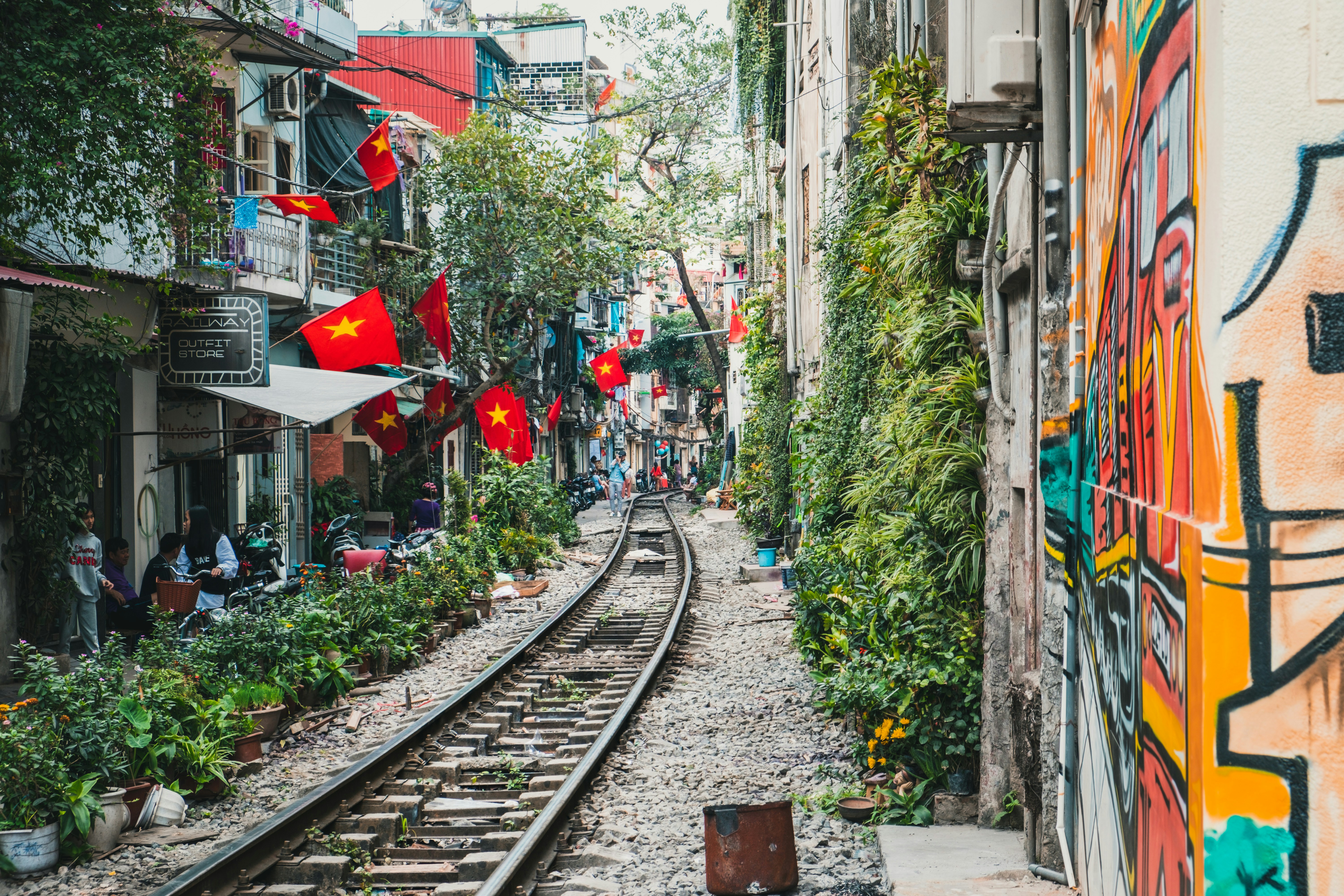
Hanoi Ranks Second Among Asia’s Top Honeymoon Destinations
Hanoi, the capital...

10 Smart Ways to Travel Better While Saving More
Today’s trav...

